SEARCH






|
|
|
|


by Editor Wicher Bos
Published the 11th of June 2021
Color is an important element of the overall composition of a photo. We all know color can evoke emotions.
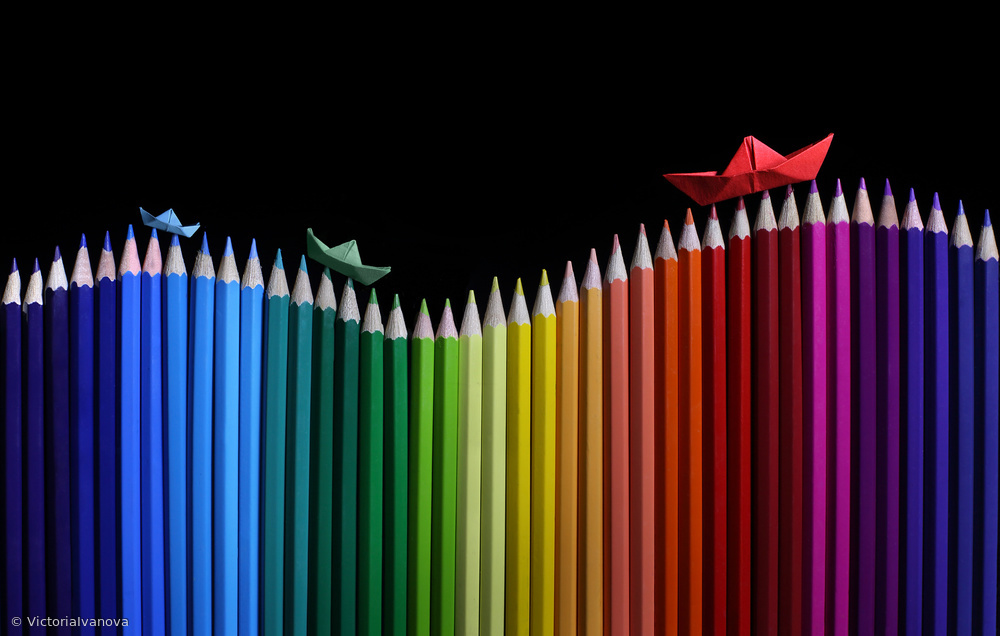
Rainbow storm' by Victoria Ivanova
A recent update of Photoshop has some interesting new filters. ‘Neural filters’ for instance, artificial intelligence (AI) (beta) technology made available to us, photographers. One of them is filter ‘colorize’, it allows you to turn a monochrome image into a color version with just a single click.... of course, I tested it and was impressed... why? Look at this example - the image is a rephotographed image from our family album, original photo early 1950’s and monochrome. Honestly, just a one-click job… and it makes people so much more alive… amazing.
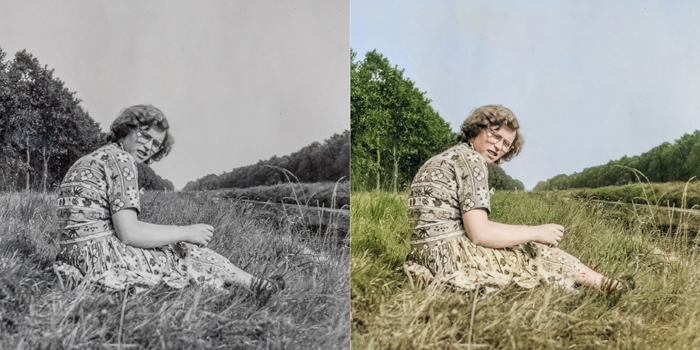
family album colorization
It also made me smile, because it means ‘colorizing’ makes a comeback... obviously, color is a photographic feature that connects to our emotions… adding color to the old captures evokes an intense experience and enhances our memory. People come to live…
Do you know the expression that ‘history repeats itself’? Well, that thought came up after testing this filter. During the 19th century photography had no choice, all images were monochrome. Fortunately, many photographers were also trained painters, so some of them took up colorizing their photographs themselves or hired a professional ‘colorizer’.
Colorizing portraits was an accepted practice... an example is just below...
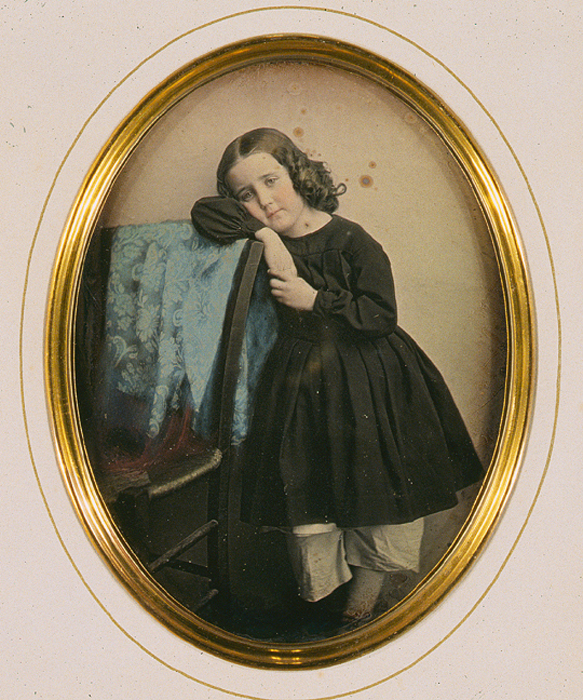
A hand-colored daguerreotype by J. Garnier, c. 1850
The first hand-colored daguerreotypes are attributed to Swiss painter and print maker Johann Baptist Isenring. Hand-coloring remained the easiest and most effective method to produce full-color photographic images until the mid-20th century when color film was introduced.
Right from the beginning of this practice there was a debate if it still would be photography. Here is a quote from Alfred Henry Hall’s book ‘A manual of Artistic Coloring, as applied to Photographs: A Practical Guide to Artists and Photographers’ published in 1861 with lots of hints and methods for hand-coloring:
“Colored photographs occupy an undeservedly questionable situation: the artist curls his lip at them, because, as he says, they are not paintings; and the photographer sneers at them, because, as he says, they are not photographs. They are peremptorily denied admittance to galleries of paintings, and it is continuously and frequently urged that they should not be admitted to photographic exhibitions.”
The photographer admits the beauty of color in a painting, and admires it as warmly as need be. The artist admits the truthfulness of the photograph, and admires its wondrous delicacy of detail, faithfulness of drawing, and perfection of chiaroscuro just as warmly. Why, then, should an art which combines the truth of the one with the loveliness of the other be thus unsparingly denounced by these two important classes?
More or less a similar discussion we could have today about the new AI-filter options (or any other CGI and AI mixing with photographic images). Whatever we feel our think about these new technologies, the new filter is there and makes colorizing a bit easier, should you want to train yourself then an interesting starting point could be the book by Alfred Henry Wall one of the most influential authors of the late 19th-century.
Even today some contemporary artists specialize in colorizing old black and white’s using the modern digital tools. They do extensive research to discover what the correct colors are. Austrian photographer and digital artist Mario Unger is a fine example – his work is also evidence that human artists can still outperform AI solutions. Other examples are: Jordan Lloyd, Dana Keller. Google them and you will find some of the best colorizations.
I couldn’t find examples of real colorization in the 1x.com collection (I assume because it is because of the old reasons). Yet, there are many examples in which color has a key role, that wouldn’t be as interesting to watch if color wasn’t there…
The key word ‘colorize’ didn’t yield many hits, in fact only one:
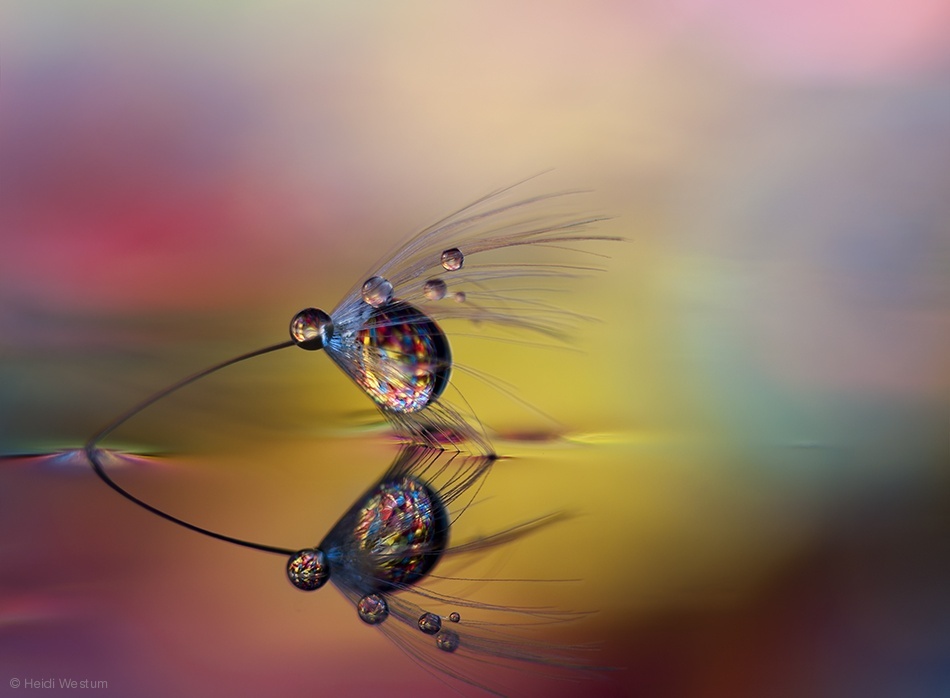
Colorize the darkness' by Heidi Westum
However, there are quite a few photos where color features as a protagonist… Just to enjoy color as much as we can, I selected some images that prove color can play a key role in our pleasure of viewing…
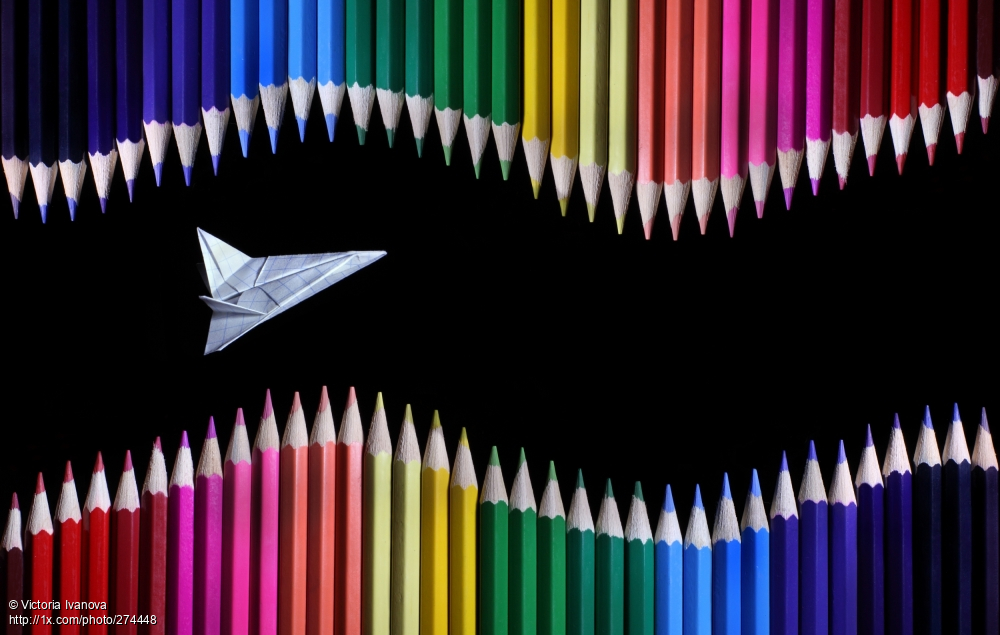
'An old computer game' by Victoria Ivanova
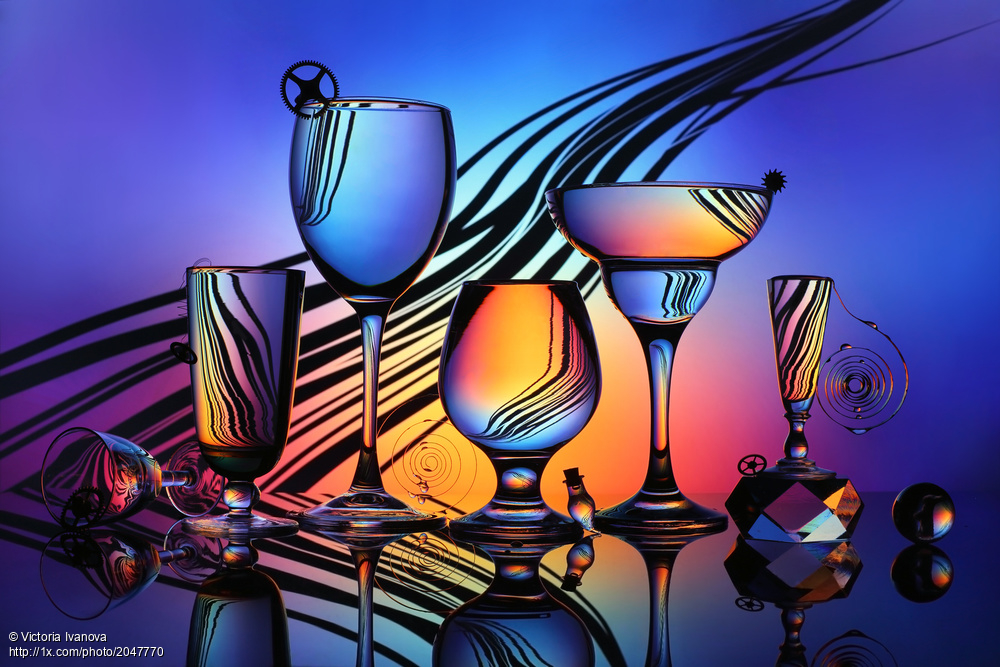 'The waves of calmness' by Victoria Ivanova
'The waves of calmness' by Victoria Ivanova
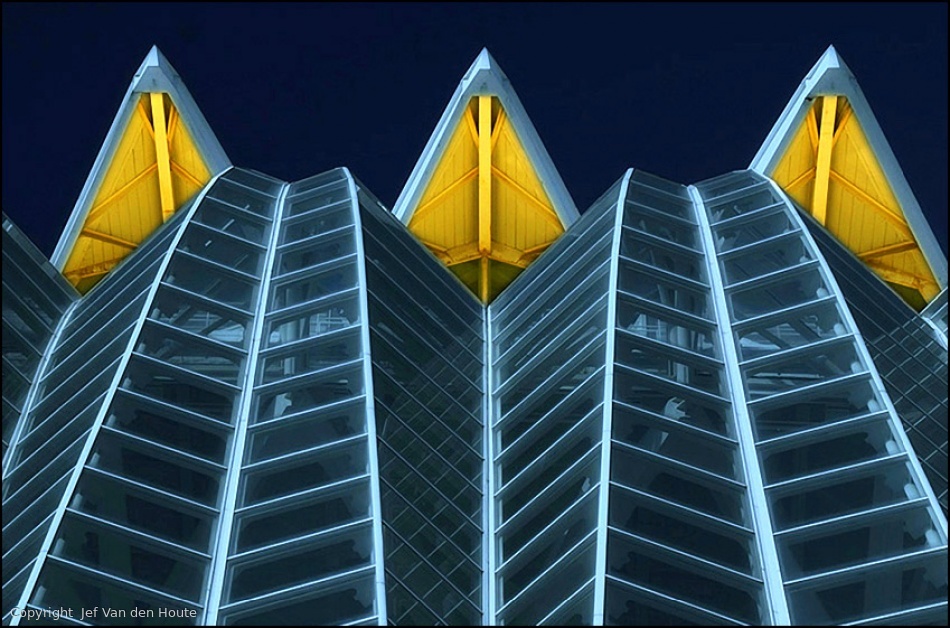
'Yellow Triangels' by Jef Van den Houte
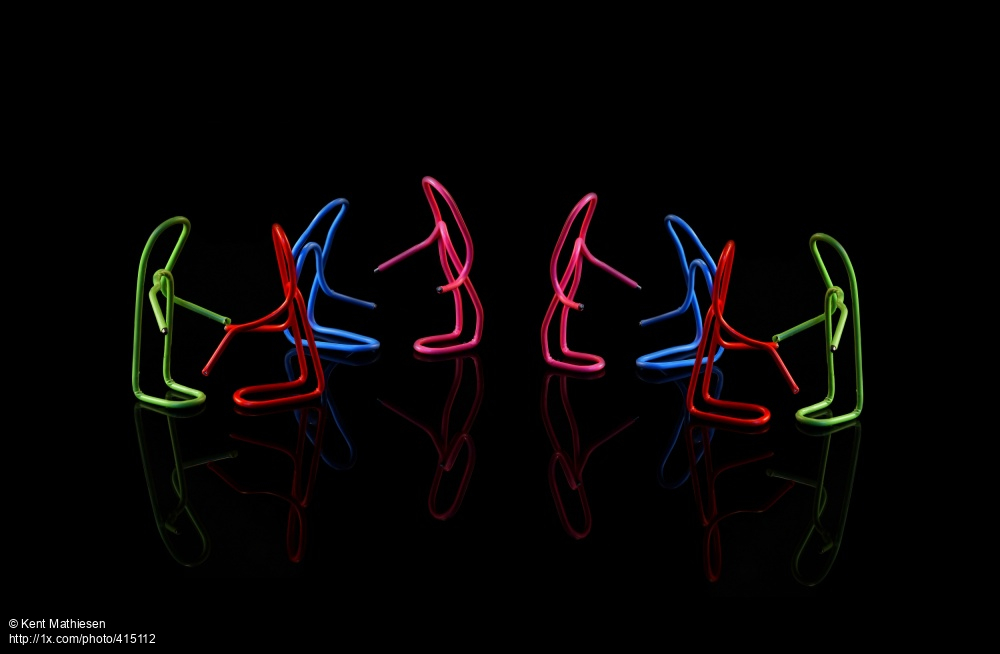 'Let's Dance' by Kent Mathiesen
'Let's Dance' by Kent Mathiesen
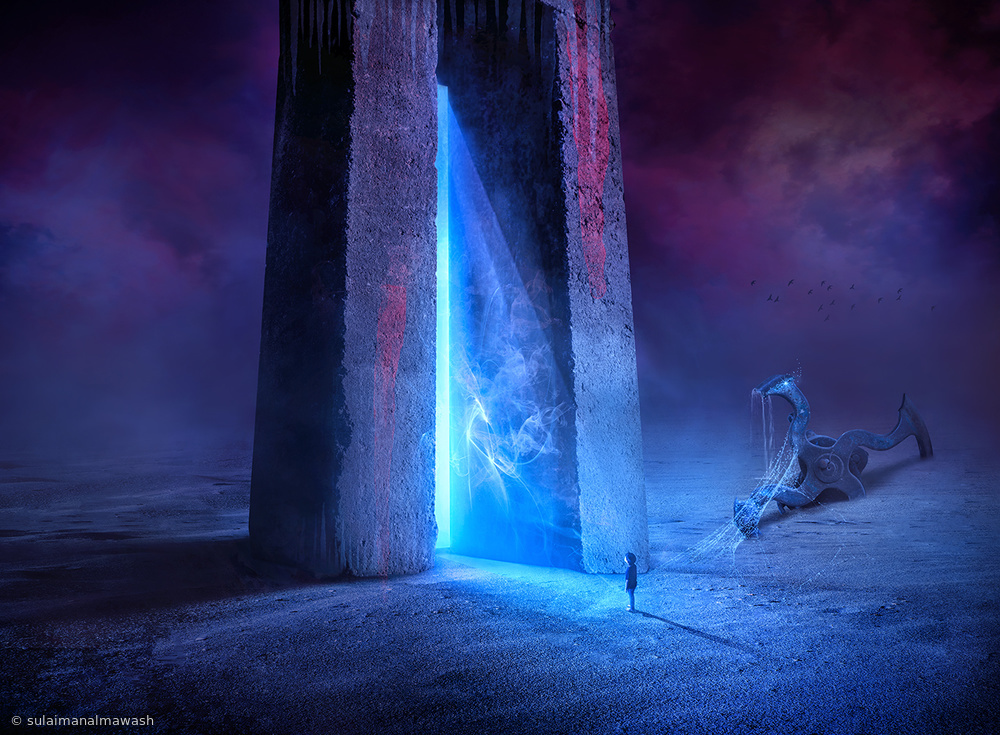
'Time Gate' by sulaiman almawash
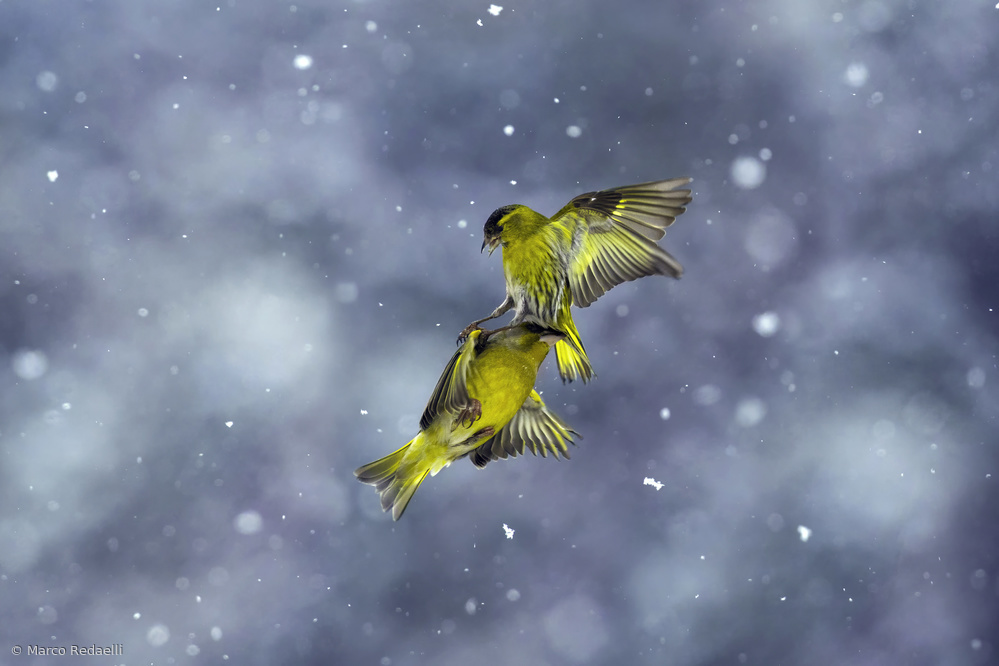
'David vs Goliath' by Marco Redaelli
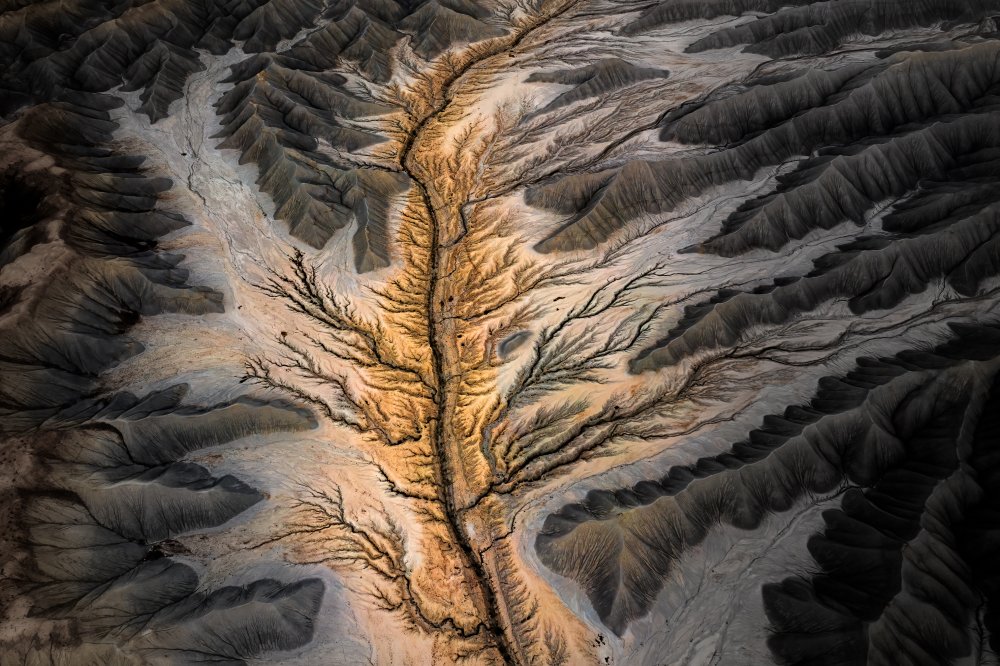
'Magic Land – an Aerial Abstract' by James Bian
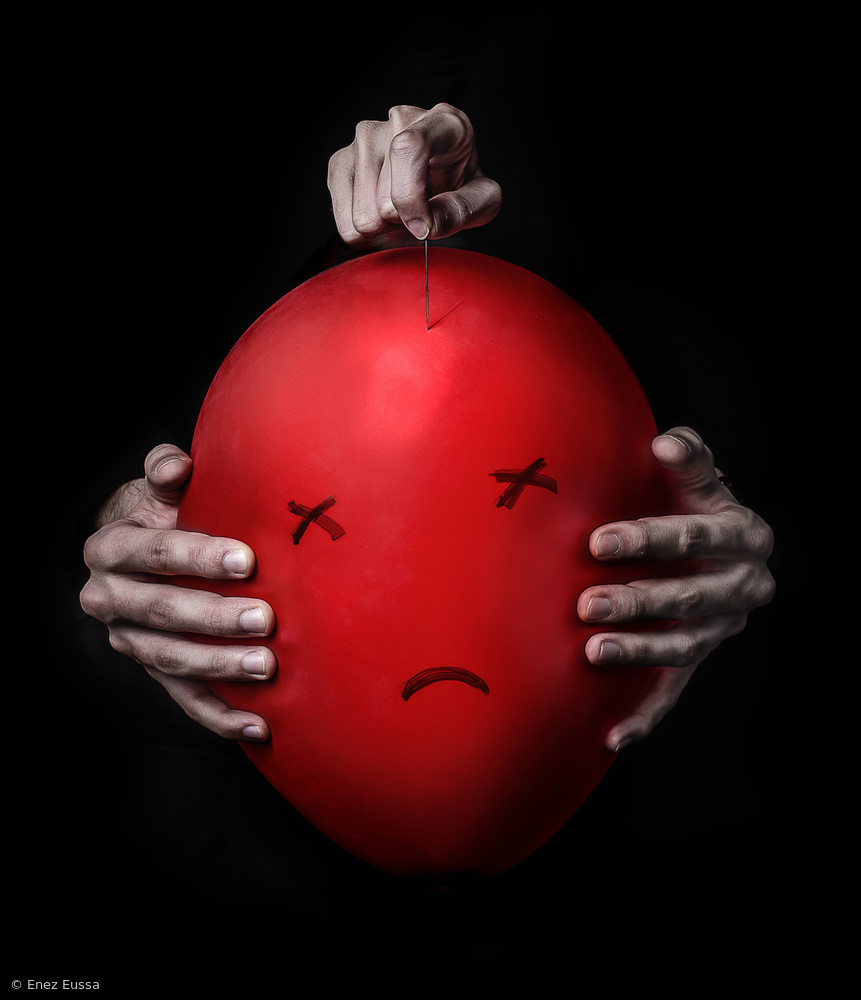
'A little murder among friends' by Enez -Eusa
As always, your comments, criticism, or views are appreciated very much…
 | Write |
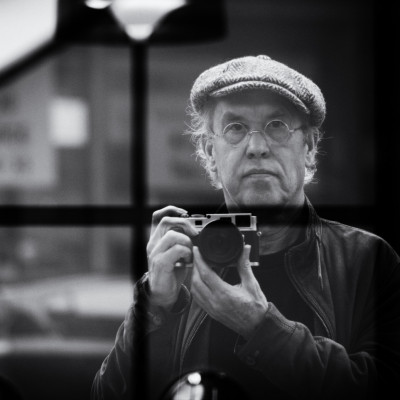 | Hans Martin Doelz CREW Marie-Lou Chatel has an 1X-account. She has a colorized version of an 1910 photograph published. https://1x.com/photo/988679/
The link to the 1910 original photo: http://www.loc.gov/pictures/resource/ggbain.19461
Cheers, Hans-Martin |
 | Yvette Depaepe CREW Thanks for the interesting links, Hans Martin ! |
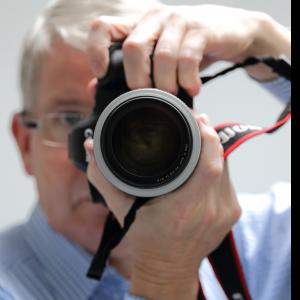 | Wicher Bos CREW Thank you for this addition Hans Martin! |
 | Hans Martin Doelz CREW Marie-Lou Chatel from Belgium is another very good "colorizer" in these days. I already saw a lot of impressive works by her. Her "Migrant Mother" by Dorothea Lange: https://world-street.photography/en/photo/200328 Cheers, Hans-Martin |
 | Yvette Depaepe CREW Fine and interesting article, Wicher !!! Great choice of colourful images to document it. Thanks and congratulations to all the authors. Have a nice weekend ahead. Cheers, Yvette |